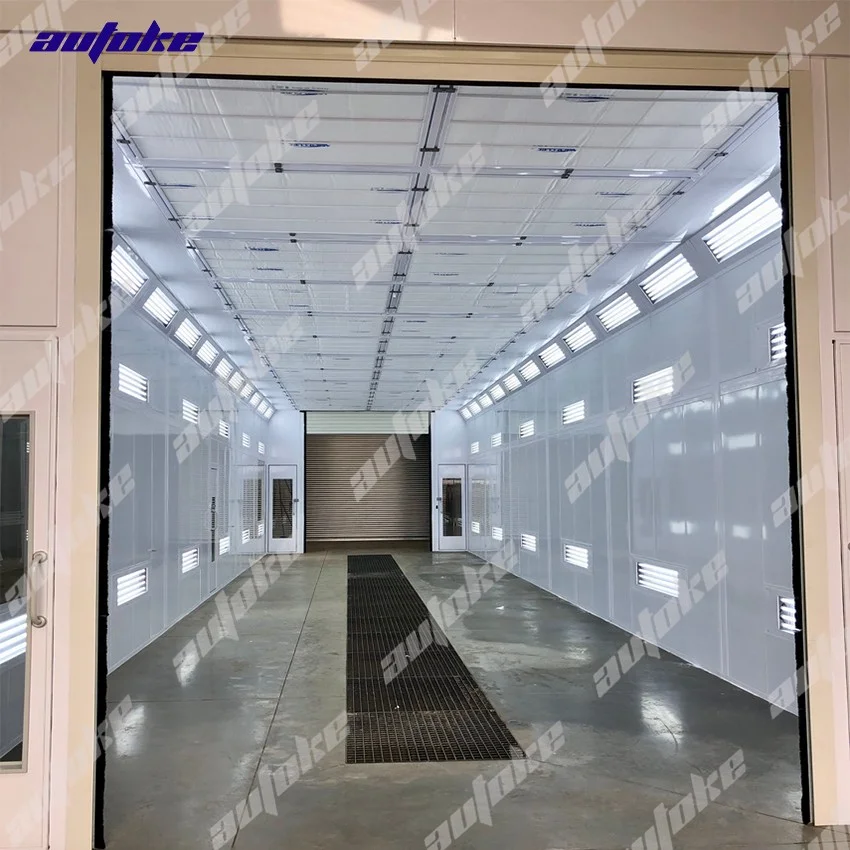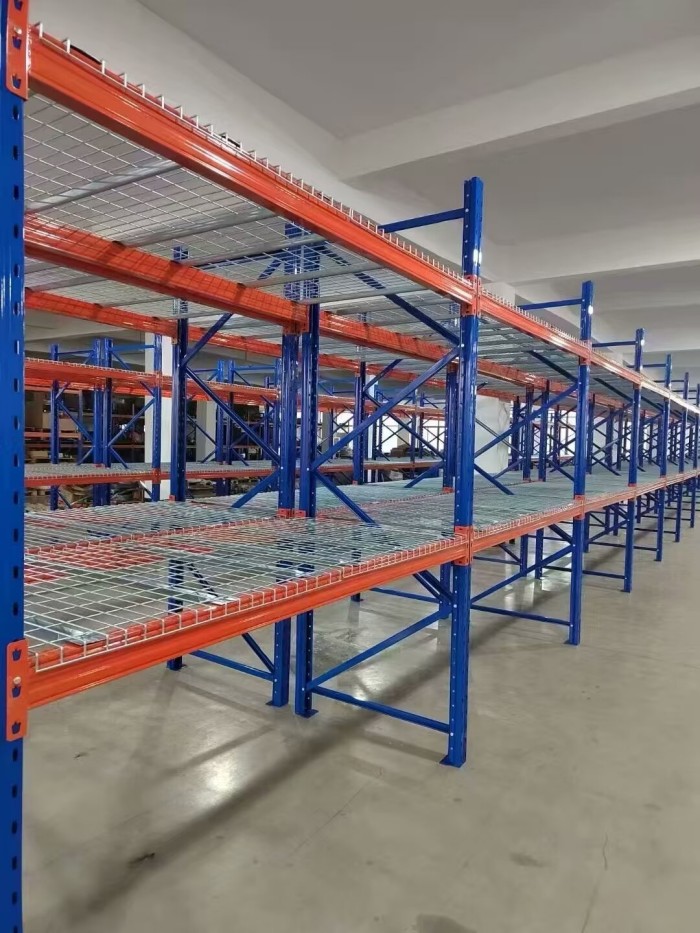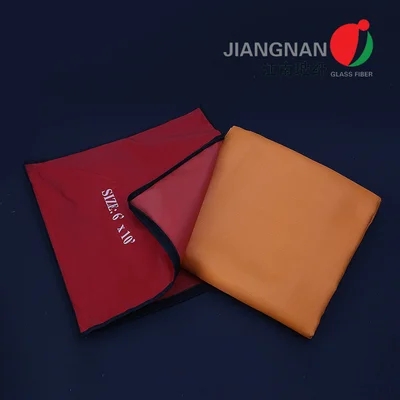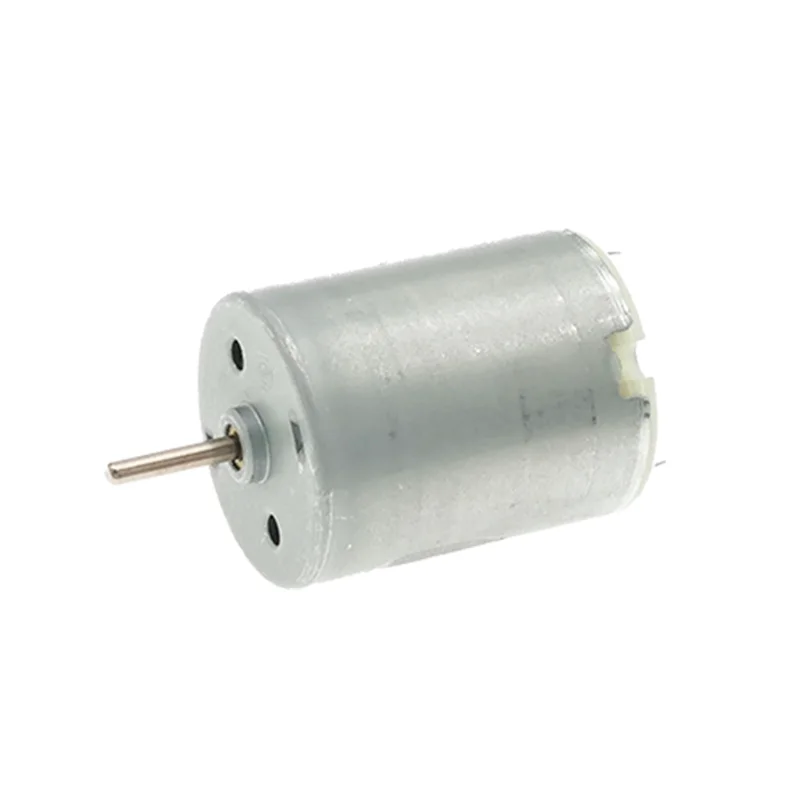Heat-Resistant Insulation: Exploring the Best Materials for High-Temperature Applications
When it comes to insulation, the primary goal is to maintain temperature control and energy efficiency within a space. However, not all insulation materials are created equal, especially when it comes to their ability to withstand high temperatures. In various industries, from construction to manufacturing, selecting the right type of insulation that can endure elevated heat levels is crucial for safety, performance, and longevity. This article delves into the types of insulation that excel in high-temperature environments, providing insights into their properties, applications, and advantages.
Understanding Insulation and Heat Resistance
Insulation materials are designed to reduce heat transfer, thereby enhancing energy efficiency and comfort. However, the effectiveness of insulation is not solely determined by its thermal resistance (R-value); its ability to withstand heat without degrading or losing performance is equally important. High-temperature insulation materials are engineered to resist thermal degradation, maintain structural integrity, and provide safety in extreme conditions.
Types of Insulation That Withstand High Heat
- Fiberglass Insulation
- Overview: Fiberglass insulation is made from fine glass fibers and is one of the most common types of insulation used in residential and commercial buildings.
- Heat Resistance: It can typically withstand temperatures up to 1,000°F (538°C) without significant degradation.
- Applications: Ideal for attics, walls, and ceilings, fiberglass is often used in areas where moderate heat resistance is required, such as near HVAC ducts.
- Mineral Wool (Rock Wool) Insulation
- Overview: Mineral wool insulation is made from natural or recycled stone and is known for its excellent fire resistance.
- Heat Resistance: It can endure temperatures exceeding 1,200°F (649°C) and is non-combustible.
- Applications: Commonly used in industrial applications, such as around boilers and in fire-rated walls, mineral wool is also effective in soundproofing.
- Ceramic Fiber Insulation
- Overview: Ceramic fiber insulation is composed of alumina-silica fibers and is designed for high-temperature applications.
- Heat Resistance: It can withstand temperatures up to 2,300°F (1,260°C), making it suitable for extreme environments.
- Applications: Widely used in kilns, furnaces, and other high-heat industrial processes, ceramic fiber is ideal for applications requiring thermal stability.
- Calcium Silicate Insulation
- Overview: Calcium silicate insulation is a rigid, high-temperature insulation material made from a mixture of silica and lime.
- Heat Resistance: It can handle temperatures up to 1,200°F (649°C) and is also resistant to moisture and mold.
- Applications: Commonly used in pipe insulation and equipment insulation in power plants and refineries, calcium silicate is effective in preventing heat loss.
- Aerogel Insulation
- Overview: Aerogel is a lightweight, highly porous material known for its exceptional thermal insulation properties.
- Heat Resistance: It can withstand temperatures up to 1,200°F (649°C) and is often used in extreme environments.
- Applications: Used in aerospace, oil and gas industries, and even in building applications, aerogel is prized for its low thermal conductivity and lightweight nature.
Factors to Consider When Choosing High-Temperature Insulation
When selecting insulation for high-temperature applications, several factors should be considered:
- Temperature Rating: Ensure that the insulation material can withstand the specific temperatures it will be exposed to.
- Moisture Resistance: Some insulation materials can absorb moisture, which can reduce their effectiveness and lead to mold growth.
- Fire Resistance: Look for materials that are non-combustible or have high fire ratings to enhance safety.
- Application Environment: Consider the specific conditions of the environment, including exposure to chemicals, mechanical stress, and the potential for physical damage.
Conclusion
Choosing the right type of insulation that can withstand high temperatures is essential for ensuring safety, efficiency, and longevity in various applications. Fiberglass, mineral wool, ceramic fiber, calcium silicate, and aerogel insulation each offer unique properties that make them suitable for high-heat environments. By understanding the characteristics and applications of these materials, professionals can make informed decisions that enhance performance and safety in their projects. As industries continue to evolve, the demand for advanced insulation solutions that can withstand extreme conditions will only grow, making it imperative to stay informed about the latest developments in insulation technology.





